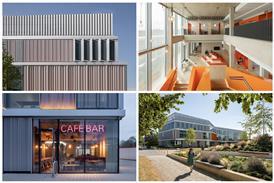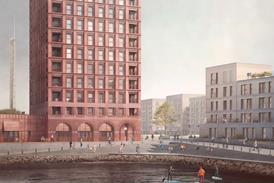- Home
- Intelligence for Architects
- Subscribe
- Jobs
- Events

2025 events calendar Explore now 
Keep up to date
Find out more
- Programmes
- CPD
- More from navigation items
Plummeting housing work hits smaller practices, RIBA says

Future Trends survey finds growing confidence gap, with larger firms increasingly optimistic about workload and staffing growth
A contraction in domestic-housing design work is casting a pall over smaller architecture practices, underpinning a worsening outlook for staffing levels and work pipelines across the whole sector, according to RIBA’s latest survey of industry sentiment.
The institute’s crunch of Future Trends responses from some 122 practices across the nation found the sector as a whole more downbeat about future workloads and staffing levels last month than was the case July.
However, RIBA said responses showed a widening “optimism gap” between larger practices and their smaller counterparts, who traditionally undertake a greater proportion of housing work. It said smaller firms were “markedly less hopeful” about future work pipelines.
…
This content is available to registered users | Already registered?Login here
You are not currently logged in.
To continue reading this story, sign up for free guest access
Existing Subscriber? LOGIN
REGISTER for free access on selected stories and sign up for email alerts. You get:
- Up to the minute architecture news from around the UK
- Breaking, daily and weekly e-newsletters
Subscribe to Building Design and you will benefit from:

- Unlimited news
- Reviews of the latest buildings from all corners of the world
- Technical studies
- Full access to all our online archives
- PLUS you will receive a digital copy of WA100 worth over £45
Subscribe now for unlimited access.






